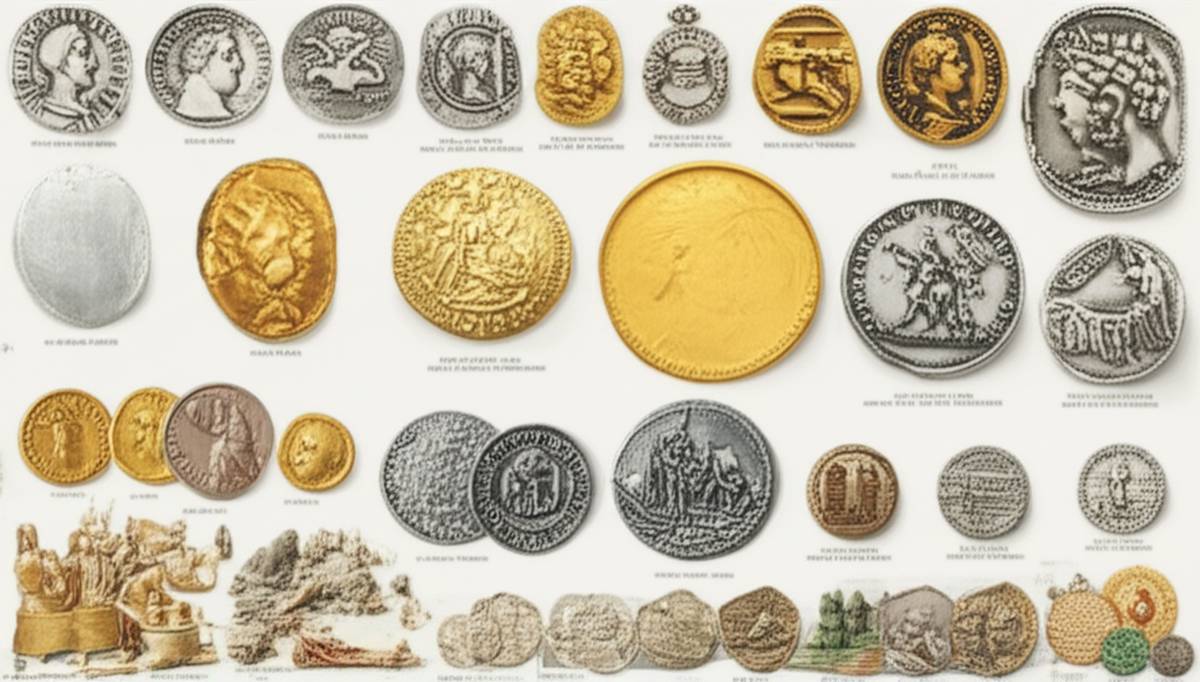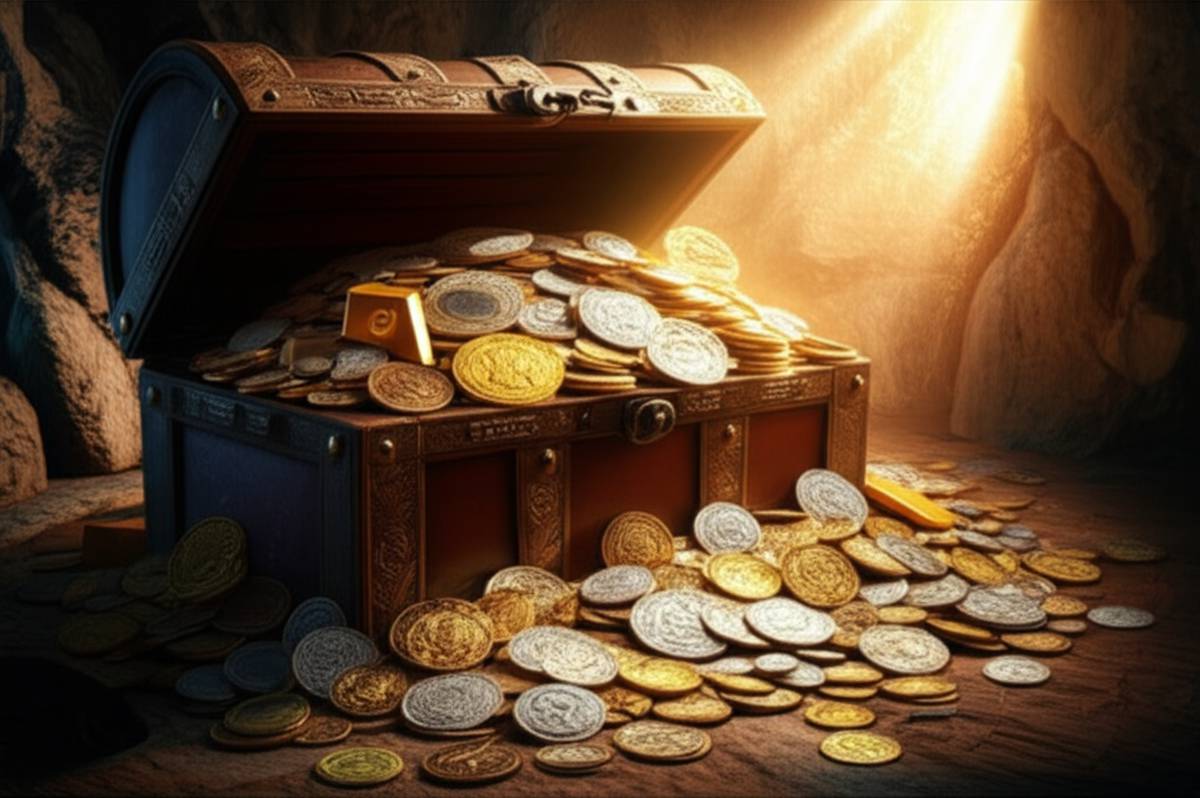Unlocking the History of Money: Gold and Silver’s Timeless Value
Welcome to a fascinating journey through the history of money gold and silver, a story that connects us with the origins of wealth, trade, and human freedom. Understanding how gold and silver shaped our financial world illuminates powerful lessons for building wealth today. Whether you’re starting your financial journey or seeking deeper knowledge, this article will guide you warmly and clearly.
The Origins of Money: Why Gold and Silver?
Money as we know it didn’t always exist. Early civilizations exchanged goods and services through bartering, which was limited and often inefficient. The introduction of precious metals — gold and silver — revolutionized trade and wealth storage because of several key properties:
- Durability: These metals withstand time and handling without degrading.
- Portability: Their high value-to-weight ratio made them easy to carry.
- Divisibility: They can be melted and divided into smaller units.
- Consistency: Each coin’s purity was trusted, enabling easier trade.
This widespread trust in gold and silver laid the foundation for early economies and wealth accumulation—principles still relevant to the wealth-building mindset today.
Gold and Silver in Ancient Civilizations
Mesopotamia and the Birth of Coinage
One of the earliest uses of silver as money dates back to Mesopotamia around 3000 BCE, where silver was used as a standard of value. Gold, prized even more, was reserved for sacred and royal possessions.
The Lydians and the First Coins
Around 600 BCE, the Lydians (modern-day Turkey) minted the first official coins of gold and silver, making trade more straightforward and reliable. This was a game-changer in human economic activity.
The Role of Gold and Silver Through History
Over the centuries, gold and silver influenced trade routes, empires, and economies.
Silver fueled widespread commerce, while gold symbolized luxury and power. For example, the Spanish conquest of the Americas was fueled by vast silver mining, enabling global trade expansion.
The Gold Standard: Stability and Trust
Fast forward to the 19th and 20th centuries, the gold standard was widely adopted, tying countries’ currencies directly to gold reserves. This system fostered confidence in money’s value internationally, a concept that still underpins modern economics and money mindset strategies found on sites like Investopedia.
Modern Lessons from the History of Money, Gold, and Silver
What can this history teach us about building wealth and freedom today?
1. Trust and Value Are Fundamental: Just as early societies trusted the consistent value of gold and silver, trust in your financial decisions builds wealth.
2. Diversify and Preserve: Gold and silver acted as tangible wealth stores. Diversifying income streams—including exploring options like digital income and AI automation—protects and grows your financial security.
3. Embrace Lifelong Learning: Understanding the history of money encourages a resilient money mindset money mindset that adapts over time.

How to Incorporate These Lessons into Your Life Design
Your journey towards financial freedom is deeply personal. Aligning your money strategy with your life design lets you pursue meaning as well as wealth. Learning from history helps set foundational goals and informed action steps you can discover in our Life Design resources.
Take Action: Build Your Financial Legacy Today
Ready to grow your wealth with knowledge and confidence? Join our community and tools designed to empower your financial journey. Subscribe to our newsletter for insights, or book a free consultation to personalize your money strategy!
FAQ: History of Money, Gold, and Silver
Why were gold and silver used as the first forms of money?
Gold and silver were durable, portable, divisible, and widely trusted for their consistent value, making them ideal for early trade and wealth storage.
What was the significance of the gold standard?
The gold standard linked currency values to a specific amount of gold, enhancing trust and stability in national and international economies.
How can learning about the history of money help me today?
It helps you understand the foundation of value, encourages building a resilient money mindset, and inspires diversified wealth strategies aligned with your life goals.


